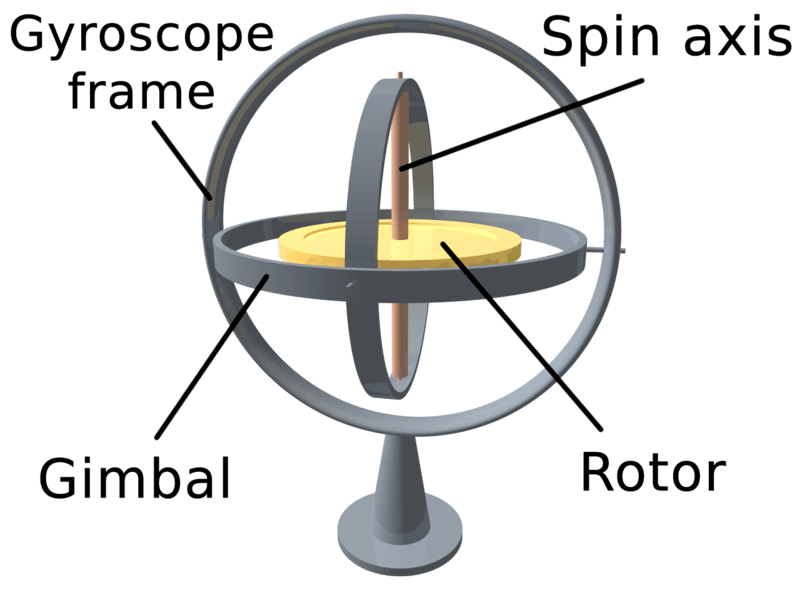It’s been a long-standing debate for many years… do you get a gas or electric heli?
5 – 10 years ago at the flying field, it was no contest. 9 out of 10 choppers were nitro-powered and for good reason. Way back when, a .60 size gas, or nitro RC helicopter could well outperform an electric RC heli any day of the week. It had more power, could fly longer, was cheaper to build, weighed less, and could perform better.
In the last few years though, things have started shifting. When you hit the field today, it’s more along the lines of a 50/50 split between electric and nitro RC helicopters.
With the new high discharge lithium polymer batteries, powerful brushless motors, and speed controllers, a well-outfitted electric heli is can be more powerful, agile, and maneuverable than the same sized nitro.
Let’s take a look at some other pros/cons of each:
How Much?
While you can get started flying electric helis for much less than a nitro-powered one, a full-size blinged-out electric RC heli is more expensive than a nitro, by the time you factor in speed controls, brushless motors, and lipo batteries. In fact, with the setup I have on my .90 size electric, it costs about $1,400 for those 3 components. A power system on the same size nitro would be more in the neighborhood of $500 – $600.
Also, because of the more delicate components on an electric heli, they are usually more expensive and less robust in a crash than a nitro. Just one destroyed battery alone can set you back as much as $500.
Environmental Factors
Something else to take into consideration before you buy are environmental issues such as noise and smoke pollution.
Electric helis are clean and virtually silent from a small distance away, however, with an expensive high power electric setup, the noise levels almost match those of a nitro. All nitro’s are loud, noisy, and smoky, but sound cool.
With electrics, you just need to just charge the battery, plug it in and fly whereas nitro’s can be messy and require more tender lovin’ care to keep purring smoothly. They need to be cleaned, tuned, adjusted and maintained.
Electric helis are also more efficient than ‘ in terms of raw energy consumption. A good brushless motor runs at about 90% – 95% efficiency, whereas a nitro hovers more around 50% mark.
What Else?
There are a few other things to take into consideration such as flight times. Small electrics typically have flight times of about 7 minutes, whereas nitro’s can last 15 – 20 minutes or longer. Though, with larger electric lipo-powered helis, flight times can be virtually identical. With my 90 size electric, I can get upwards of 25 – 30 minutes flying time.
A big benefit to nitro’s that I almost forgot to mention, is that they can fly indefinitely, you just need to add more fuel. Electrics will need to have their batteries recharged, or you can just get a spare set or two for the flying field if your pockets are deep enough.
Everyone has their own personal opinions on what they like, and factors like the size of heli you want, parts availability, flying field characteristics, and what others in your area are flying will help determine what you buy.
My opinion: Start with a small electric heli and by the time you get the hang of it, you’ll likely have formed your own opinion on what you want next.
by Beau Nuth





